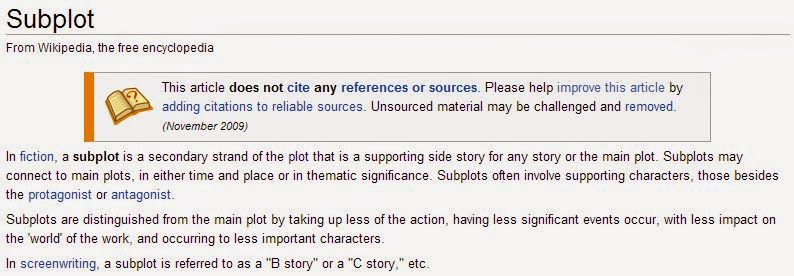Genre (in film) is about theme, category. Old films/movies has very little group of genre compare to nowadays, we have films that have several combination genre in one film - which shouldn't be a problem.
However, combination genre confuses me, a lot! Is it drama? Is it comedy? Then drama-comedy-romantic? And, horror-comedy is consider a genre?? Really? I hate combination genre - I couldn't get the mood! It's like, "..uhh, I should get ready to be scared and also get ready laughing during watching this/that movie"?
Here in Malaysia, it's over-done (I think) in "developing" genre. Becomes ridiculous and messy! Or, maybe it's the trend?
Like it or not, it happens..
However, combination genre confuses me, a lot! Is it drama? Is it comedy? Then drama-comedy-romantic? And, horror-comedy is consider a genre?? Really? I hate combination genre - I couldn't get the mood! It's like, "..uhh, I should get ready to be scared and also get ready laughing during watching this/that movie"?
Here in Malaysia, it's over-done (I think) in "developing" genre. Becomes ridiculous and messy! Or, maybe it's the trend?
 |
| Film genre year 2000, 2003, 2005, 2011 |
OK, back to basic, in Malaysia, we have
- Lembaga Penapis Filem (LPS) or Film Censorship Board which under Kementerian Dalam Negeri (Ministry of Home Affairs); and
- FINAS (National Film Development Corporation Malaysia)
 |
| Generic film classification in Malaysia |
I think, those two are literally not guiding in what genre/category of film to produce; instead, put "label" on the produced film into generic "category" for the audience. Their concern are only on audience/viewer. Whilst filmmaking, is about telling story (should be any kind); and somehow it falls in a genre (or more than one genre).
Which part of "control mechanism" (U, P13, 18) is practical albeit film already censored (cut/chopped) earlier before being distributed?
A curious boy/girl (or even adult) easily finding "things" from the internet.
Which part of "control mechanism" (U, P13, 18) is practical albeit film already censored (cut/chopped) earlier before being distributed?
A curious boy/girl (or even adult) easily finding "things" from the internet.









